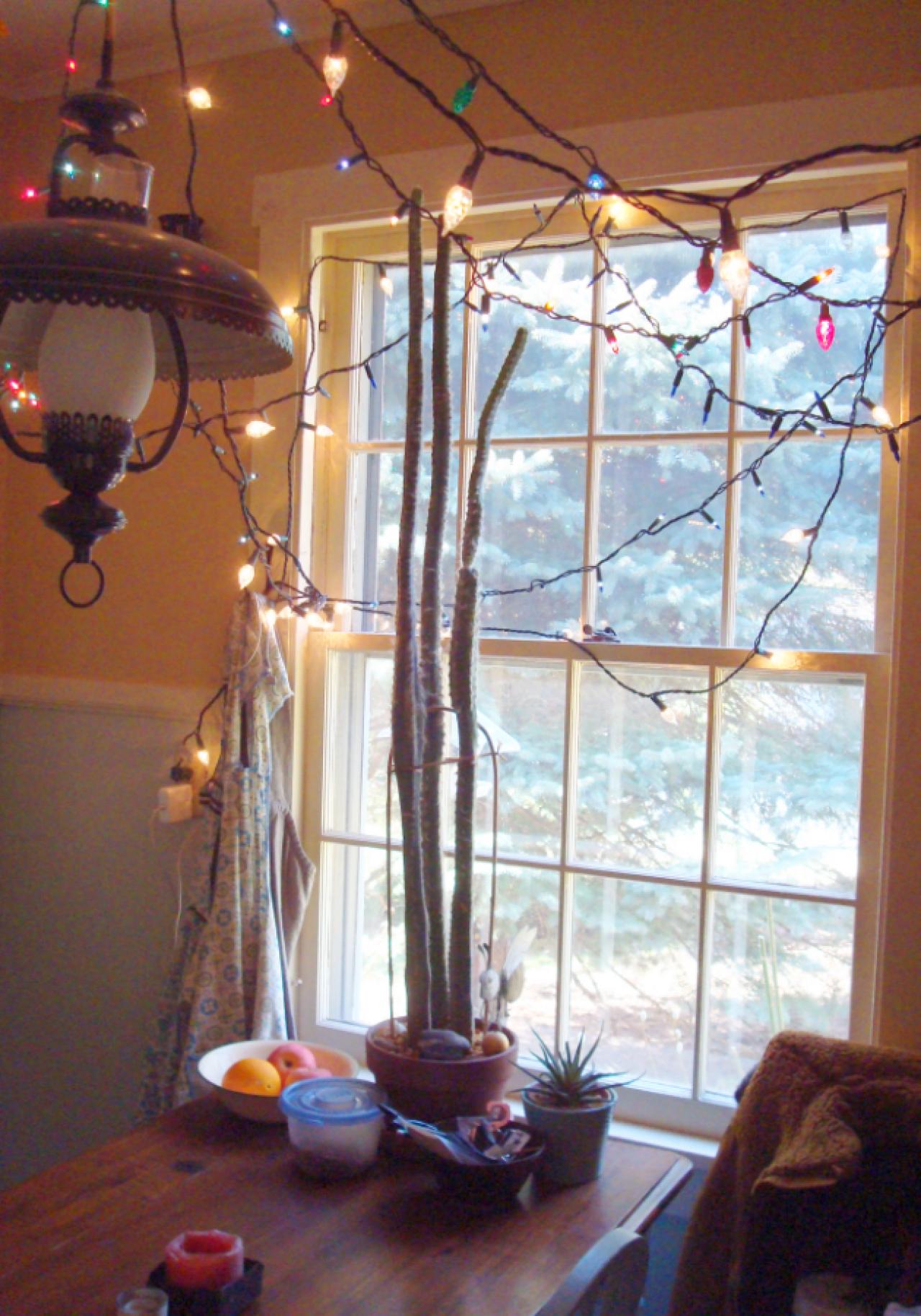Indoor House Plants
OFF TOPIC discussions
I have about six different house plants that I call the Elders ...I've had them for about 14 years. They are problematic to repot, either because they are large and fragile, and/or because they are cactus covered with sharp spines.
Three of the Elders I managed to repot about five years ago, and they'll be fine for a while yet before needing another repotting. But the other three had not been repotted in all those 14 years, and I really needed to stop putting it off.
Last week I bought the pots and various soil mixing ingredients I'd need to do the three plants and yesterday I spent much of the day repotting those last three big plants, with some muscle help from my husband.
The easier two Elder plants are matching "Red Chestnut" bromeliads in the living room window. They are each about 3 feet wide and 2.5 feet tall not counting their pots. They have no spines (thank goodness) but are easily damaged when moved around, and hard to hold and manipulate with all their fronds splaying out in all directions.
I managed to repot both of them thanks to the fact that they are not very heavy and also because I pruned a LOT of lower older fronds off before beginning the repot.
I found their roots were actually real small and the old soil was pretty useless. Being epiphytes, they don't actually need 'soil' per se anyway, and I set them up in some nice bark-y orchid mix in their beautiful new pots. I had them out on the lawn for this procedure, and sprayed them down with a gentle hose which removed old dust and probably hydrated them during the trauma. They do look sparser now what with my having pruned many lower leaves, but I think they'll do well once they settle into their new digs. :) They get watered by pouring water into their main cup 'leaf vase', not by watering the soil. But it's important the orchid mix is kept damp during the next few weeks while the plants are adjusting to the repotting stress, so their little roots don't dry up and die.
The last Elder repot job was the absolute nightmare project that I've put off for 14 years. This was the candelabra cactus (really a succulent) in our bedroom on a table by the window...that was now four feet tall and three feet wide with stiff branches all over the place and horribly painful nasty big thorns everywhere. We have some very heavy leather fireplace gloves like gauntlets, and the spines go right through those too if you don't also use a big towel. ! The other big problem was the sheer weight of the thing- in the pot the entire plant seemed to weigh about 50 pounds- I could barely heft it three inches off the table, much less carry it around.
I had a choice for this one- I could make it easier on us by drastically pruning the whole plant by a third or a half, but because the branches are all thick this would look like a real butcher job and it would kind of be a shame to ruin its spectacular look. OR, I could get my husband's help and try it without pruning. If the big branches started breaking when we manipulated it, I might have to just prune everything down anyway.
More in the next post on how we managed to repot the huge cactus...

![]()



 If only my friend had brought the case into the cool house and just left it there for several hours to adjust slowly prior to opening the case , the guitar would probably have been ok. But I digress...
If only my friend had brought the case into the cool house and just left it there for several hours to adjust slowly prior to opening the case , the guitar would probably have been ok. But I digress...











